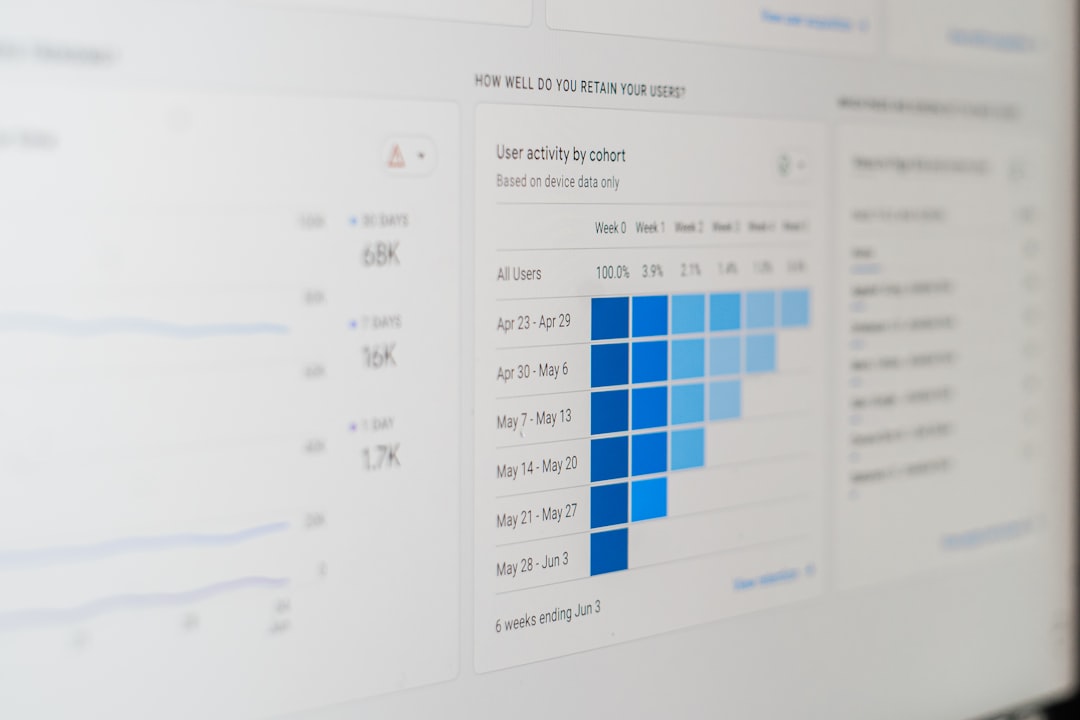In a world where data shapes business strategies and future projections, having robust tools to harness this data effectively is of utmost importance. One such groundbreaking solution is Stella AI, a modern artificial intelligence platform designed to accelerate and enhance data-driven decision making for companies across all sectors. With advanced analytics, machine learning capabilities, and intuitive interface, Stella AI is making it easier than ever for organizations to derive meaningful insights from complex datasets.
As businesses continue to navigate the complexities of digital transformation, voids in decision-making processes often stem from the inability to transform raw data into actionable intelligence. This is where Stella AI stands out by integrating automation, predictive modeling, and real-time analytics into one seamless environment. Below are the top features of Stella AI that make it an indispensable asset for data-driven enterprises.
1. Real-Time Analytics
One of the standout capabilities of Stella AI is its real-time analytics engine. This feature allows users to track data inputs and metrics dynamically, enabling immediate responses to emerging trends or issues. Whether monitoring customer behavior or operational efficiency, Stella AI’s real-time dashboards ensure that decision-makers are always a step ahead.

Furthermore, alerts and notifications can be customized based on specific KPIs. This proactive data monitoring empowers users to respond quickly, reducing risks and capitalizing on opportunities the moment they arise.
2. Predictive Modeling and Forecasting
Data doesn’t just tell a story—it offers a glimpse into the future. Stella AI harnesses the power of machine learning to facilitate predictive modeling. Business units can simulate various scenarios and receive forecasts that help in strategic planning, budgeting, and risk assessment.
This feature allows even non-technical professionals to understand probabilistic outcomes by presenting them in intuitive visual formats. Advanced users, on the other hand, can integrate external data sets or economic variables to make more robust projections.
3. Natural Language Processing (NLP)
The artificial intelligence core of Stella AI includes support for Natural Language Processing, empowering users to query data using plain language rather than complicated syntax. This reduces the learning curve significantly, allowing more team members to engage with the data without specialized training.
For example, a user can ask, “What were the top five performing product categories last quarter?” and receive structured insights, charts, and graphs in response. This democratization of data access leads to more informed teams and quicker decision loops.
4. Intelligent Data Integration
Stella AI shines in its ability to integrate seamlessly with various data sources, including cloud services, databases, CRMs, ERPs, and third-party APIs. This ensures a single source of truth by consolidating data from disparate platforms into a central analytical environment.
Its data ingestion pipelines are optimized for speed and reliability, minimizing any delays or corruption in data synchronization. Whether it’s Salesforce, Microsoft Azure, or Amazon Redshift, Stella AI can bring them together effortlessly.

5. Advanced Visualization Tools
Deep insights are only beneficial if they’re understandable. That’s why Stella AI includes an impressive suite of visualization tools. Users can generate dashboards, infographics, heat maps, and geo-tagged charts using simple drag-and-drop features. The platform supports both 2D and 3D visual representations of data, providing granularity where needed.
These visualizations help stakeholders grasp key metrics at a glance and offer customizable reporting formats, which can be exported or configured for automatic distribution across departments.
6. Decision Intelligence Framework
This is perhaps where Stella AI truly sets itself apart. The decision intelligence framework combines data analytics with behavioral science and organizational processes to create a complete picture for decision making. Rather than simply analyzing outcomes, the system supports the entire lifecycle of a business decision—from problem identification to solution implementation and outcome tracking.
Users can tag decisions with meta-data, track their real-world impact over time, and continuously refine future strategies based on feedback loops. It’s a smart way to bake continuous improvement directly into the organization’s decision-making processes.
7. Automated Insights Generation
Stella AI isn’t just passive—it’s proactive. One of its unique features is the ability to generate automated insights based on pattern recognition, anomalies, and emerging data clusters. This is particularly helpful for organizations with large datasets that may contain hidden correlations or risks.
When trends deviate or unexpected spikes occur, Stella AI identifies them and suggests potential causes or next steps, bringing insights to your dashboard without you having to dig for them.
8. Scalability and Security
As companies grow, so do their data and security needs. Stella AI is built to scale effortlessly, whether a start-up analyzing social media data or a Fortune 500 company running global operations. With options for private cloud, multi-cloud, or on-premise deployments, Stella AI offers flexibility and enterprise-level security protocols.
Security features like end-to-end encryption, role-based access control, and data tokenization ensure your data remains protected at all times. Furthermore, Stella AI is compliant with GDPR, HIPAA, and other major regulatory standards.

Conclusion
Stella AI is more than just a data analytics tool—it’s a comprehensive decision-making assistive ecosystem. From real-time analytics to AI-powered forecasts and automated insights, Stella AI provides everything a modern organization needs to make informed, agile, and strategic decisions.
As businesses seek to stay competitive in a data-saturated world, the capabilities offered by Stella AI are not just extras—they’re prerequisites for long-term growth. With its intuitive design, powerful AI engine, and end-to-end data solution architecture, Stella AI is truly redefining the landscape of data-driven decision making.
Frequently Asked Questions (FAQ)
- Q: Is Stella AI suitable for small businesses?
A: Yes, Stella AI offers scalable features that make it suitable for businesses of all sizes, including SMEs. It can be customized according to the scale and data complexity of your organization. - Q: Do I need a data science background to use Stella AI?
A: No. The platform supports natural language queries, guided dashboards, and no-code interfaces, making it accessible to non-technical users as well as advanced analysts. - Q: How does Stella AI ensure data privacy and compliance?
A: Stella AI incorporates end-to-end encryption, role-based access controls, and complies with data regulations such as GDPR and HIPAA to maintain enterprise data security and privacy. - Q: Can Stella AI be integrated with existing software systems?
A: Absolutely. Stella AI offers pre-built connectors and open API support for seamless integration with CRMs, ERPs, cloud storage, and third-party tools. - Q: What kind of support is available for Stella AI users?
A: Stella AI offers 24/7 customer support, in-depth documentation, training sessions, and community forums to help users maximize the platform’s potential.